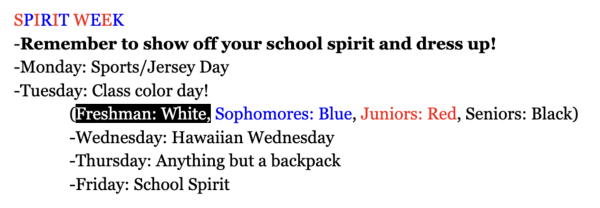Beautiful nails, damaging effects
May 27, 2014



 Like many young women, McKenna Eichler goes to the salon every three weeks to get a shellac manicure, and although more expensive, like gel manicures it can last up to four times longer than a regular service — but both types can expose customers to a variety of health risks.
Like many young women, McKenna Eichler goes to the salon every three weeks to get a shellac manicure, and although more expensive, like gel manicures it can last up to four times longer than a regular service — but both types can expose customers to a variety of health risks.Julia-Rose Kibben
Reporter
Like many young women, McKenna Eichler goes to the salon every three weeks to get a shellac manicure, and although more expensive, like gel manicures it can last up to four times longer than a regular service — but both types can expose customers to a variety of health risks.
“In the past 10 years, gel manicures have become extremely popular,” independent nail technician Kristen Valdez said. “They are chip resistant and dry quickly, saving the client time and money by only having to visit the salon every two weeks.”
Most nail polishes are solvent-based polishes and contain dibutyl phthalate, toluene and formaldehyde, all of which are considered toxic chemicals when used in large quantities, according to the Food and Drug Administration.
These solvents, meant to dissolve solutions, are also found in paint thinners and detergents.
“I get my nails painted with regular polish because gel makes my nails thinner and I don’t like the way they peel off,” freshman Bea Williams said. “When they peel off, it rips off half your nail.”
As women become more aware, they are starting to use healthier alternatives such as 3-free nail polishes that do not contain potentially harmful chemicals and are healthier for nails according to the Campaign for Safe Cosmetics.
These water-based polishes can be a safer alternative because they do not release irritating fumes or contain toluene to avoid exposure to toxic chemicals.
“The acrylic powder and other chemicals they use in salons don’t affect my decisions to continue to get acrylics and gel nails because my nails will always grow back,” senior Salina Kamara said.
Dibutyl phthalate is an endocrine disruptor and is frequently linked to precocious puberty, obesity and genital deformities. Toluene is harmful to the nervous and respiratory systems, and it is the most toxic of the three chemicals.
Formaldehyde is used as a preservative to prevent microbial growth. Nail products that contain less than 5 percent formaldehyde are considered to be formaldehyde-free and harmless according to the Food and Drug Administration.
“Caring for and enhancing your nails can be very expensive,” Valdez said. “Always be wary of the price you’re paying for these services. If they’re too low — $25 for a full set of acrylics — it can indicate cheap products like MMA.”
MMA, methyl methacrylate, is used as a bonding component in acrylic powder and is applied to the nail during an acrylic service.
“Methyl methacrylate is a type of acrylic used to create dentures, bridges and bone cement,” Valdez said. “It is not designed for — or safe to use — on nails. It isn’t flexible and can leave your nails with irreversible damage.”
Long term effects from constant use of the solvent acetone, include cracking and damage to skin. Methyl methacrylates are responsible for permanent nail bed damage which can evolve into subungual melanoma, a potentially fatal cancer that affects nail beds.
“I got gel specifically because I wanted to grow my nails out and was doing a show that demanded a character with longer, luxurious nails,” local actor Marilee Talkington said. “All throughout the show, two and a half months, I wore gel nails which made my nails paper thin when I got the gel taken off.”
After nails with gel polish are sealed under an ultra violet light, the manicure can last up to six weeks. Fingers must be soaked in acetone for 10 to 15 minutes to remove the long-lasting manicure.
“How long the manicure lasts is very important,” Eichler said. “I don’t have a lot of time after school with track and school in general. That’s why I pick gel and shellac because it stays for a really long time and it doesn’t chip immediately.”
The most popular 3-free brands, Essie, OPI, Butter London and Wet n’ Wild, are safer for use on children, pregnant women and nail biters, according to Valdez.
“I trust the more popular brands,” Valdez said. “Anything with a label where you can see all the ingredients, so I know exactly what I am exposing my clients to.”









